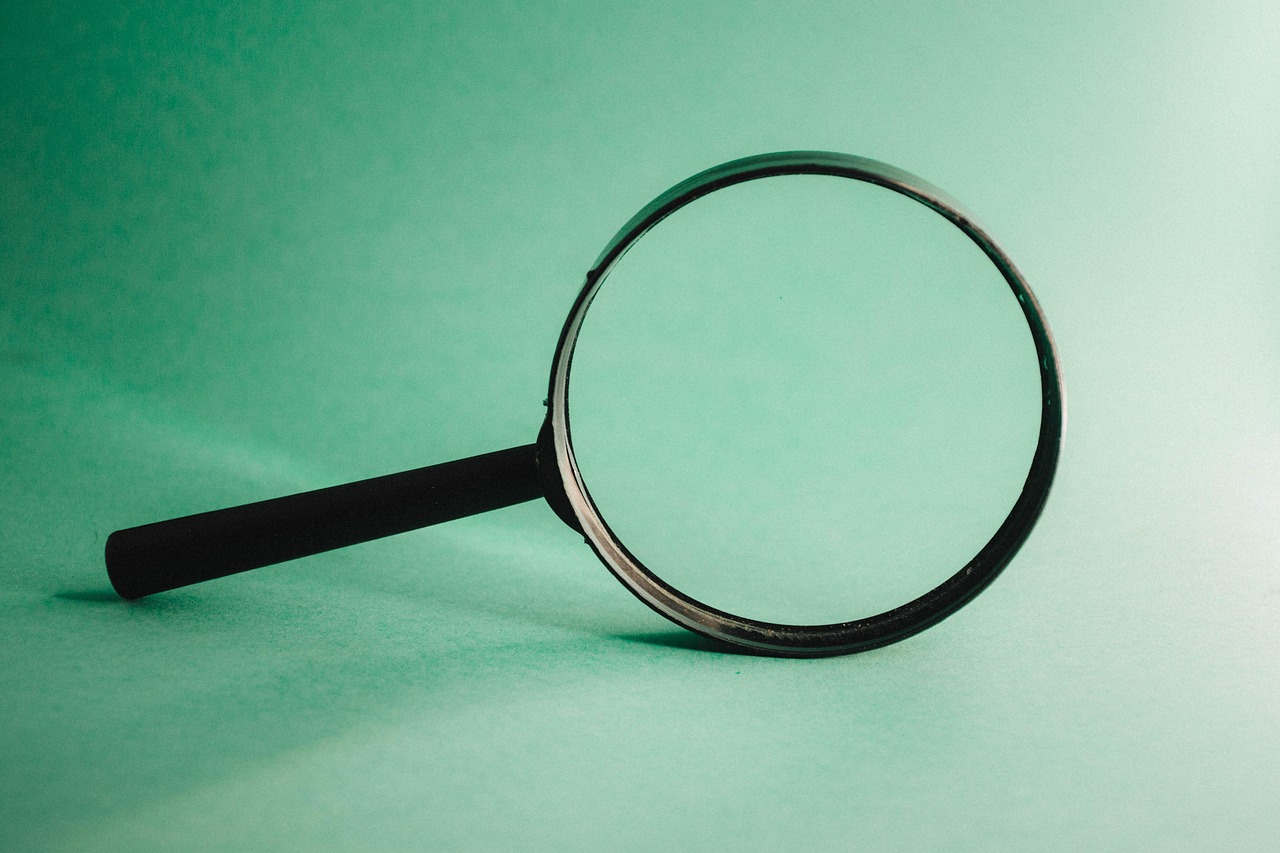In May, the European Commission disclosed new information about the next EU Framework Programme for Research and Innovation, which will run from 2021 to 2027.
The first unforeseen revelation? After several months and documents calling the next Programme FP9, EU research Commissioner Carlos Moedas corrected it into Horizon Europe.
But what will Horizon Europe look like? We were able to analyse a leaked draft plan published by Politico, so find here below a summary of the key novelties brought by Horizon Europe, and what they will imply for beneficiaries.
The five key changes brought by Horizon Europe
- Higher budget
In seven years, Horizon Europe will deliver €97.6 billion for research and innovation projects: an overall increase of almost 30% compared to Horizon 2020.
It is impressing if you consider the loss of the UK, both a large contributor and top beneficiary of H2020: “The cake is bigger, and the guy that was eating most of the cake is no longer at the table”.
It is also disappointing though, because when adjusted to inflation, it proves to be not ambitious enough to improve the average success rate.
(Learn more about budget-related debates in Brussels here).
- Simplified structure
Horizon Europe will be organised in three pillars broadly following the objectives and scopes of H2020:
|
|
PILLAR 1 Frontier research |
PILLAR 2 Global Challenges |
PILLAR 3 Open Innovation |
|
Objective |
To support the creation and diffusion of high-quality knowledge |
To strengthen the role of R&I in and for policy-making |
To foster innovation |
|
Types of grants |
|
|
|
|
Approach |
Largely “bottom-up”, “investigator-driven” |
Completely “top-down”, focusing on providing robust, evidence-based support to EU policy priorities |
Largely “bottom-up”, centred on innovators |
|
Key target group |
Scientific community |
ALL – public sector, industry, philanthropic foundations, etc. |
Innovators – start-ups, scale-ups, companies |
|
Key novelty |
Greater emphasis on Open Access to publications, accessibility and reuse of scientific data |
|
Direct blended finance and indirect financial instruments |
Specific objective: Strengthening the ERA
- “Spreading excellence” will continue to support those EU Member States that are performing poorly in Research and Innovation;
- Research and Innovation reforms and policy will focus on foresight activities, dissemination and exploitation of project results and Science, society and citizens.
- Stronger emphasis on achieving high impact and bringing results to the market
Demonstration of impact of EU-funded R&I projects has been a key component of H2020, but it will become even more crucial under Horizon Europe, through the following novelties:
- Ambitious and comprehensive dissemination and exploitation strategies, both at project level and at portfolio level, to boost the overall impact of the Programme.
Beneficiaries may have to include in their proposals a dissemination and exploitation plan for the project duration, as well as afterwards. Exploitation should have a focus on the EU region, or on the EU’s benefits in case exploitation takes place elsewhere. In particular, market uptake should be considered already at the phase of proposal development, including via co-creating or experimenting research and solutions with users since the outset.
- New focus on breakthrough innovations, as opposed to incremental innovations
The third pillar, and especially the EIC sub-pillar, is meant to facilitate breakthrough market-creating innovation in Europe; help will be provided to those companies or projects that have great impact potential but face high risks. Grants and financial support from public and private sources will be combined.
- Open Science is expected to become crucial under Horizon Europe: immediate open access for publications may be required as well as sound research data management plans (while opting out of open access to research data will remain possible). A new generation of indicators for the assessment of research can also be expected.
- Grants will continue for projects that do not generate revenues (e.g. in basic research), but new blended funding (e.g. grants, debt and equity) will be made available for larger investments, to encourage greater propensity to (co-)invest, especially in high-risk projects.
- Research and Innovation Missions: what are they?
Missions are a new concept developed by Prof. Mazzucato that will work as a lens to guide investment and innovation in a focused and problem-solving way. Missions will have societal relevance, will engage the public and will require different sectors to work together; it is hoped that this new lens will create stronger links across the Framework Programme between the design and implementation of policies and the delivery of results.
Two types of missions will be introduced: accelerator missions will accelerate progress towards a technical or societal solution with a specific target; transformer missions will focus on transforming an entire social or industrial system within an established timeframe.
The figure below, taken from Mazzucato’s report linked above, shows the movement and relations between the achievement of UN Sustainable Development Goals and the projects that will be funded by Horizon Europe.
- Higher international cooperation
Currently, association to H2020 is limited to countries geographically close to Europe and participation of third countries has dropped in H2020 by half, compared to FP7. Under Horizon Europe, it is expected that association will be expanded to include all countries with excellent R&I capacities. The aim here is to allow EU participants to collaborate with the best minds in the world.



